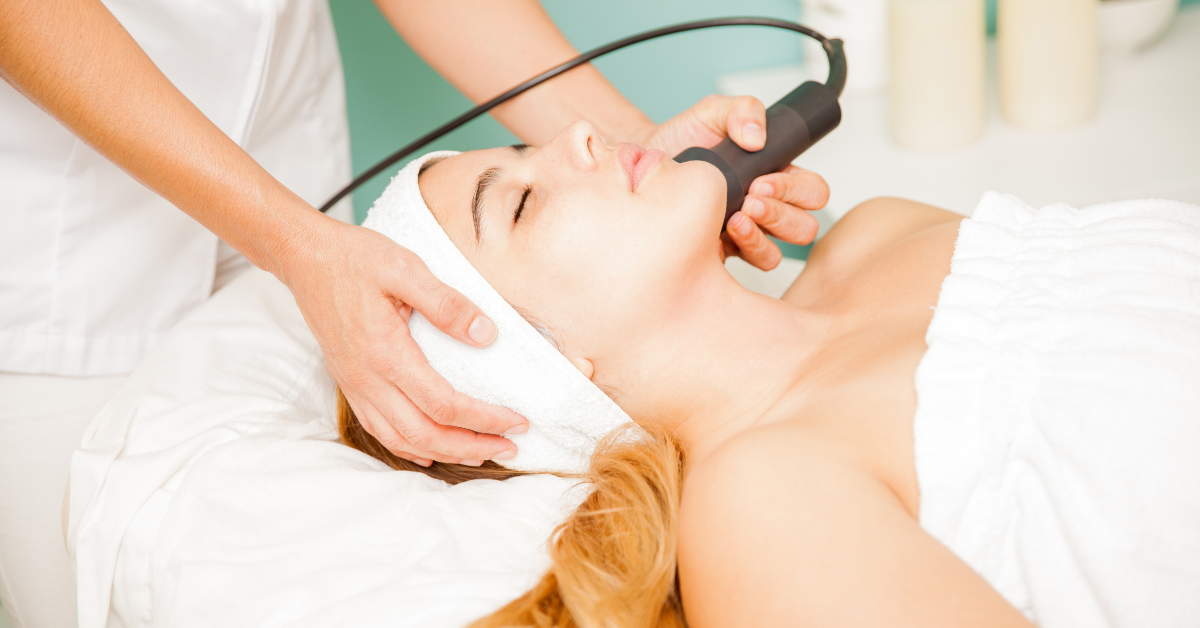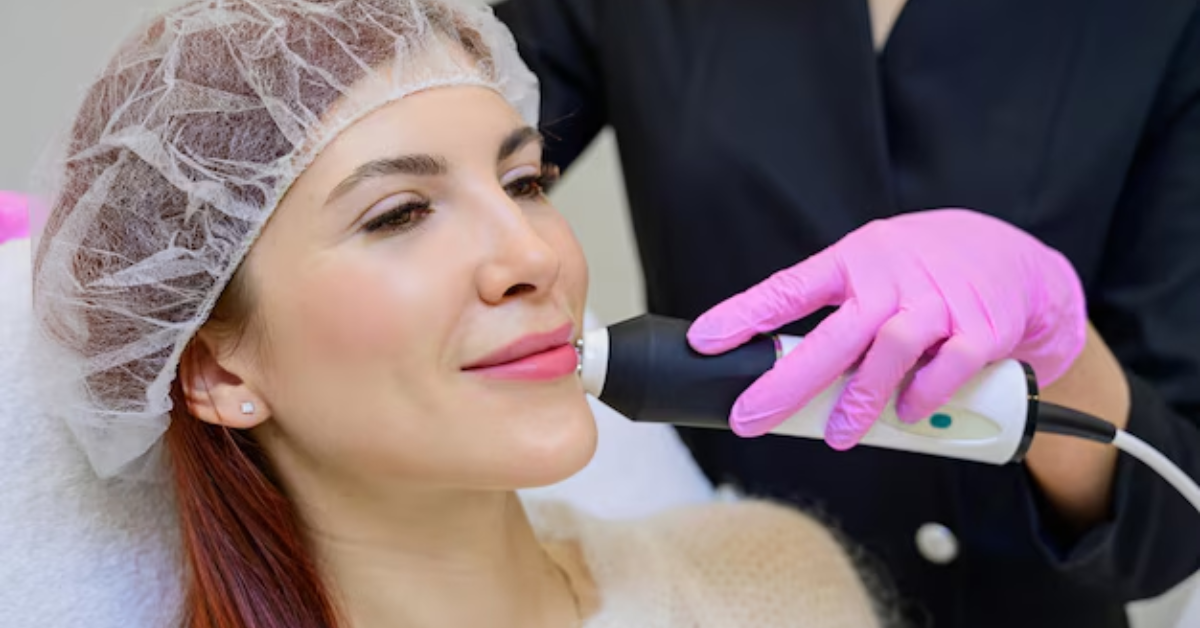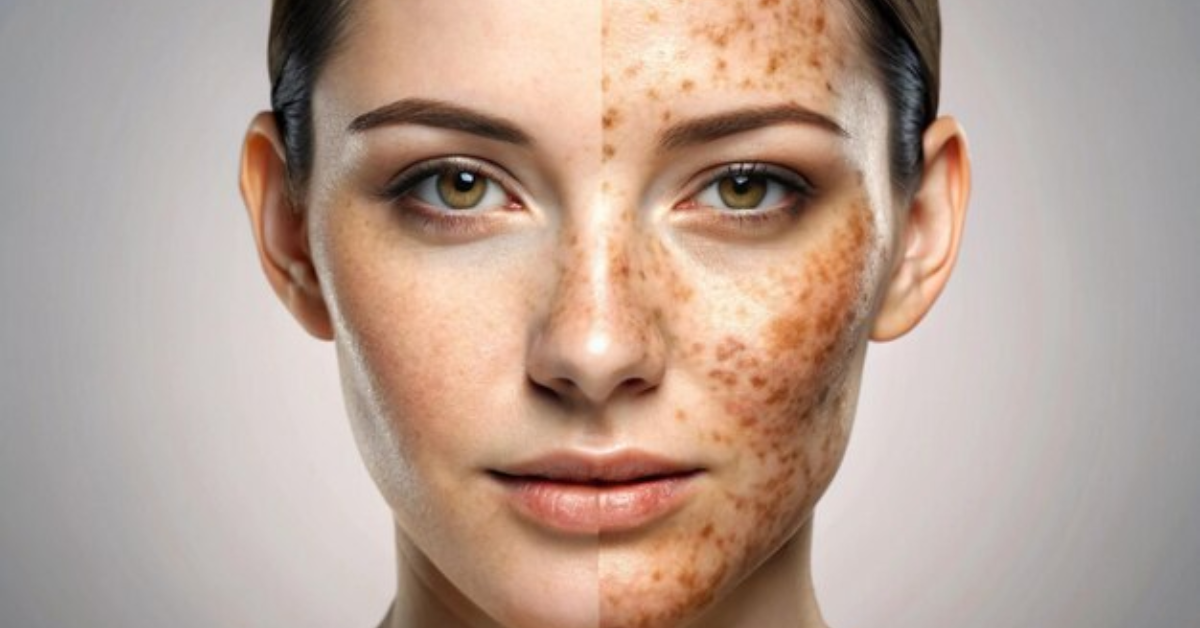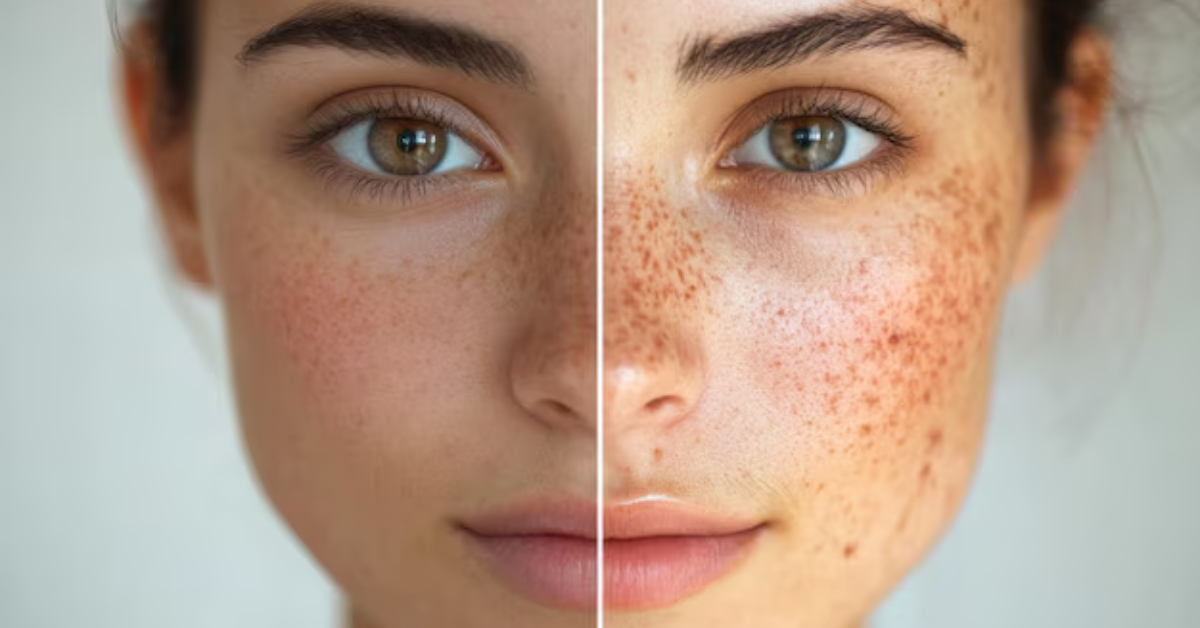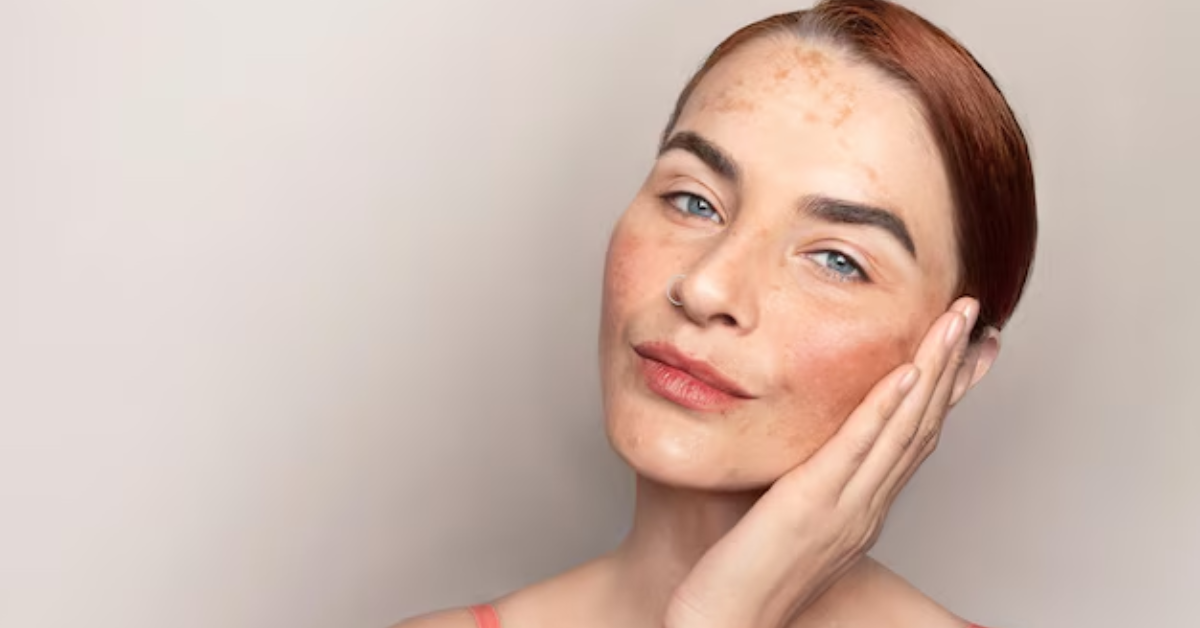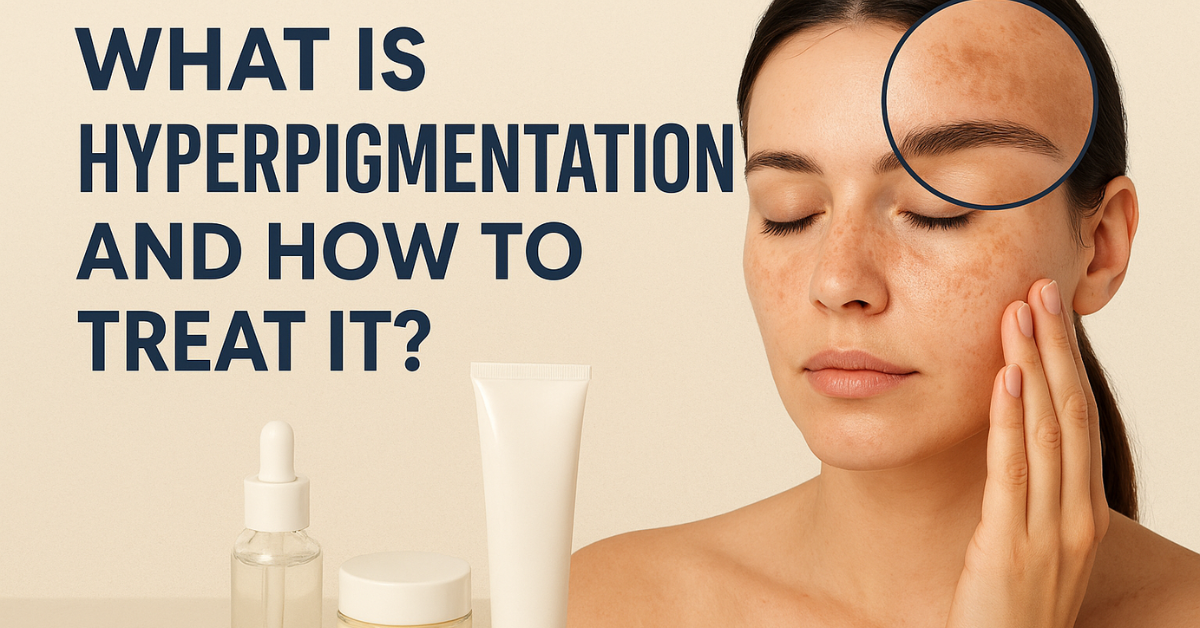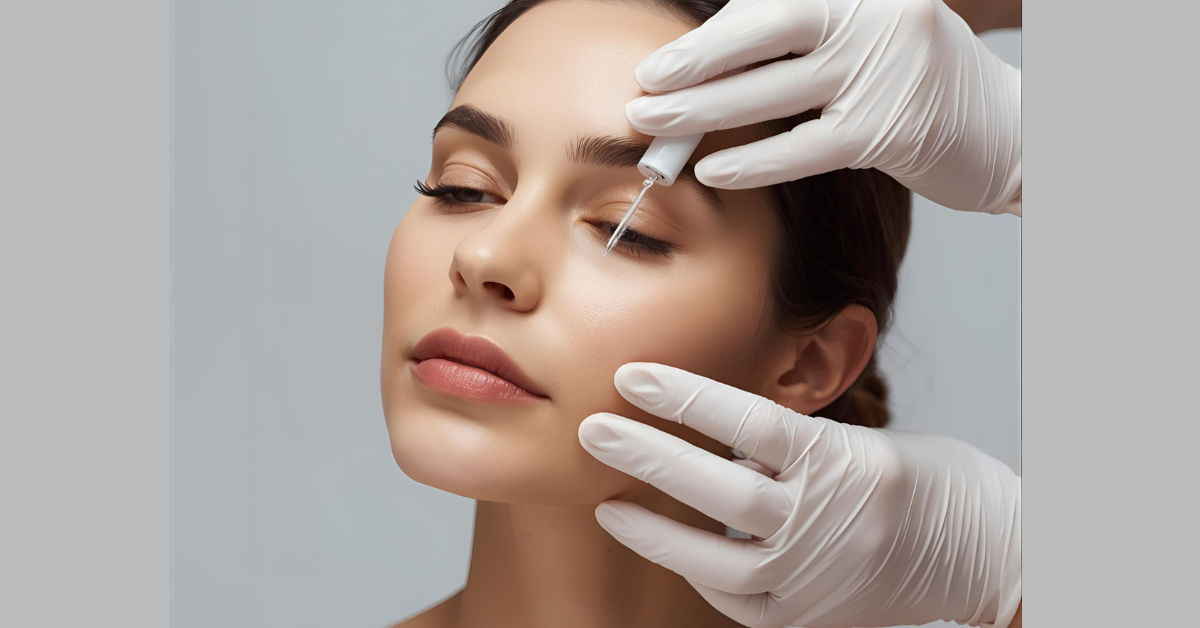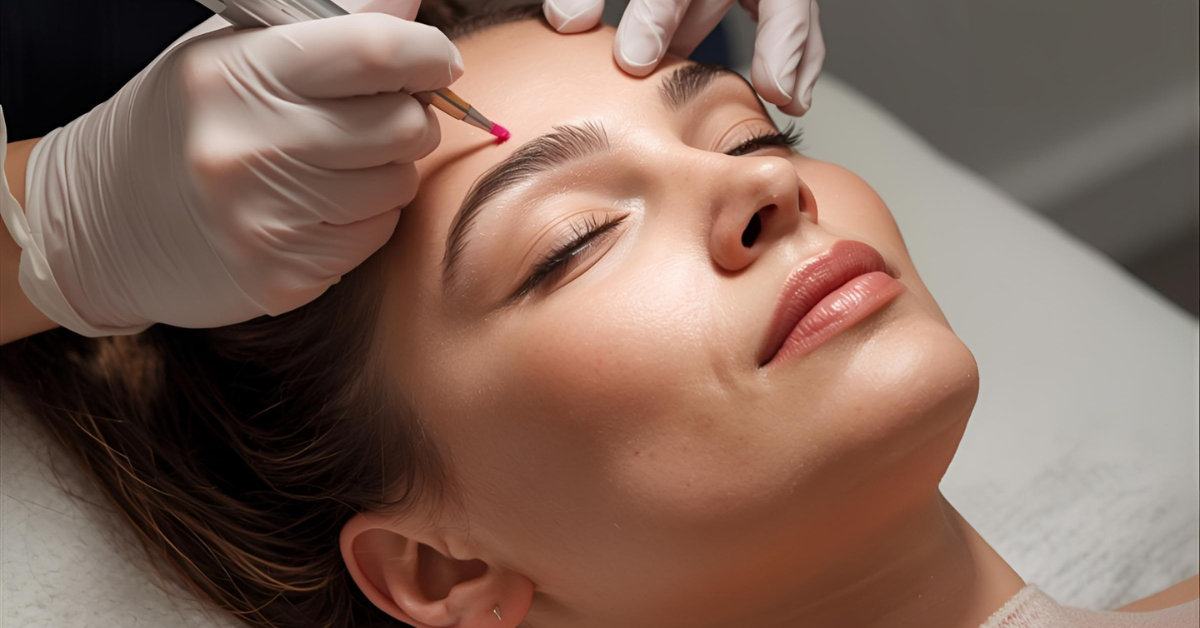Does Microneedling Tighten Skin?
Skin tightening is one of the most sought-after goals in modern skincare. Whether it’s fine lines, sagging, or loss of elasticity, people are constantly searching for treatments that deliver visible results without invasive procedures. Microneedling, a minimally invasive treatment, has gained massive popularity for its ability to rejuvenate the skin. But does microneedling actually tighten skin, or is it just another skincare trend? Let’s explore how it works, what results you can expect, and why it has become a go-to option for people seeking firmer, youthful skin.
Microneedling in a Nutshell
Microneedling, also known as collagen induction therapy, involves using a device with fine, sterile needles to create controlled micro-injuries on the skin’s surface. These tiny punctures trigger the body’s natural healing response, stimulating the production of collagen and elastin—the essential proteins responsible for skin firmness, strength, and elasticity.
The process may sound intimidating, but the treatment is typically performed by a dermatologist or licensed aesthetician using numbing cream to minimize discomfort. The micro-injuries are superficial and heal quickly, allowing for gradual but noticeable improvements over time.
How Microneedling Tightens Skin
The primary reason microneedling helps tighten skin is its ability to boost collagen production. Collagen is the structural protein that keeps our skin plump and firm. As we age, collagen production naturally decreases, leading to sagging, fine lines, and wrinkles. By creating controlled injuries, microneedling sends a signal to the skin to repair itself, resulting in:
- Increased Collagen and Elastin: These proteins help lift and firm the skin, reducing laxity and improving texture.
- Improved Cell Turnover: The skin produces new, healthier cells, giving it a smoother and tighter appearance.
- Enhanced Absorption of Skincare Products: The tiny channels created during the treatment allow serums and creams to penetrate deeper for better results.
The tightening effect doesn’t happen overnight. Most people notice visible improvements within four to six weeks as collagen remodeling occurs. Multiple sessions spaced a few weeks apart typically yield the best outcome.
Key Benefits Beyond Skin Tightening
While microneedling is highly effective for tightening skin, its benefits extend far beyond that. People choose microneedling to address a variety of skin concerns, including:
1. Fine Lines and Wrinkles
By stimulating collagen, microneedling softens the appearance of fine lines and reduces deeper wrinkles over time.
2. Acne Scars and Stretch Marks
The treatment breaks down scar tissue while promoting new skin growth, making it a popular option for improving acne scars and stretch marks.
3. Uneven Texture and Large Pores
Microneedling smooths rough patches, minimizes pore size, and promotes a more refined complexion.
4. Hyperpigmentation and Sun Damage
By encouraging cell renewal, it can help fade dark spots and improve overall skin tone.
What to Expect During a Microneedling Session
A typical microneedling session lasts about 30 to 60 minutes. Here’s a step-by-step breakdown of what happens:
- Consultation: Your provider evaluates your skin concerns and determines how many sessions you’ll need.
- Preparation: A topical numbing cream is applied to ensure comfort.
- Microneedling Process: The professional moves a microneedling device across the treatment area, creating tiny punctures.
- Aftercare: A soothing serum or growth factor is applied to enhance healing.
Most people experience mild redness and slight swelling—similar to a sunburn—for a day or two after the procedure. Makeup and normal activities can usually resume within 24 hours.
How Many Sessions Are Needed for Skin Tightening?
The number of sessions varies depending on your skin’s condition and goals.
- Mild skin laxity: 3 to 4 sessions, spaced 4–6 weeks apart, may be enough.
- Deeper wrinkles or scars: 5 or more sessions may be recommended for optimal results.
Collagen remodeling continues for several months after treatment, meaning your skin will keep improving long after your final session.
Microneedling vs. Other Skin-Tightening Treatments
Microneedling is often compared to laser resurfacing, chemical peels, and radiofrequency treatments. While each has its benefits, microneedling stands out because it:
- Works for all skin types and tones with minimal risk of pigmentation issues.
- Requires little to no downtime compared to more aggressive procedures.
- Is more cost-effective than many high-tech alternatives.
Safety and Side Effects
When performed by a qualified professional, microneedling is generally safe. However, like any cosmetic treatment, it comes with minor risks such as temporary redness, swelling, or pinpoint bleeding. To avoid complications, always choose a licensed dermatologist or aesthetician and follow aftercare instructions carefully.
Aftercare Tips for Best Results
Proper aftercare ensures faster healing and better results. Here are some key tips:
- Avoid direct sun exposure for at least 48 hours.
- Use a gentle, hydrating moisturizer and avoid harsh skincare products.
- Apply sunscreen daily to protect the healing skin.
- Skip makeup for the first 24 hours to prevent irritation.
Final Thoughts: Does Microneedling Tighten Skin?
The answer is yes—microneedling is an effective, science-backed method to tighten skin naturally. By stimulating collagen and elastin production, it helps reduce sagging, smooth fine lines, and improve overall skin quality. While results vary depending on individual skin type and age, most people notice firmer, more youthful-looking skin after a series of treatments. With minimal downtime and long-lasting benefits, microneedling remains one of the most promising non-surgical treatments for skin tightening.
Frequently Asked Questions (FAQ)
Q1. How long does it take to see results from microneedling?
A: Most people notice improvements within four to six weeks, with full results appearing after several months as collagen production increases.
A: A numbing cream is applied before treatment, so most people feel only mild discomfort.
Q3. How long do the results last?
A: Results can last 6–12 months, depending on your skin type, age, and maintenance treatments.
Q4. Can microneedling be done at home?
A: While at-home rollers exist, professional treatments are safer and more effective because they use medical-grade devices and ensure proper sterilization.
Q5. Who should avoid microneedling?
A: Individuals with active acne, infections, or certain skin conditions should consult a dermatologist before undergoing the treatment.

